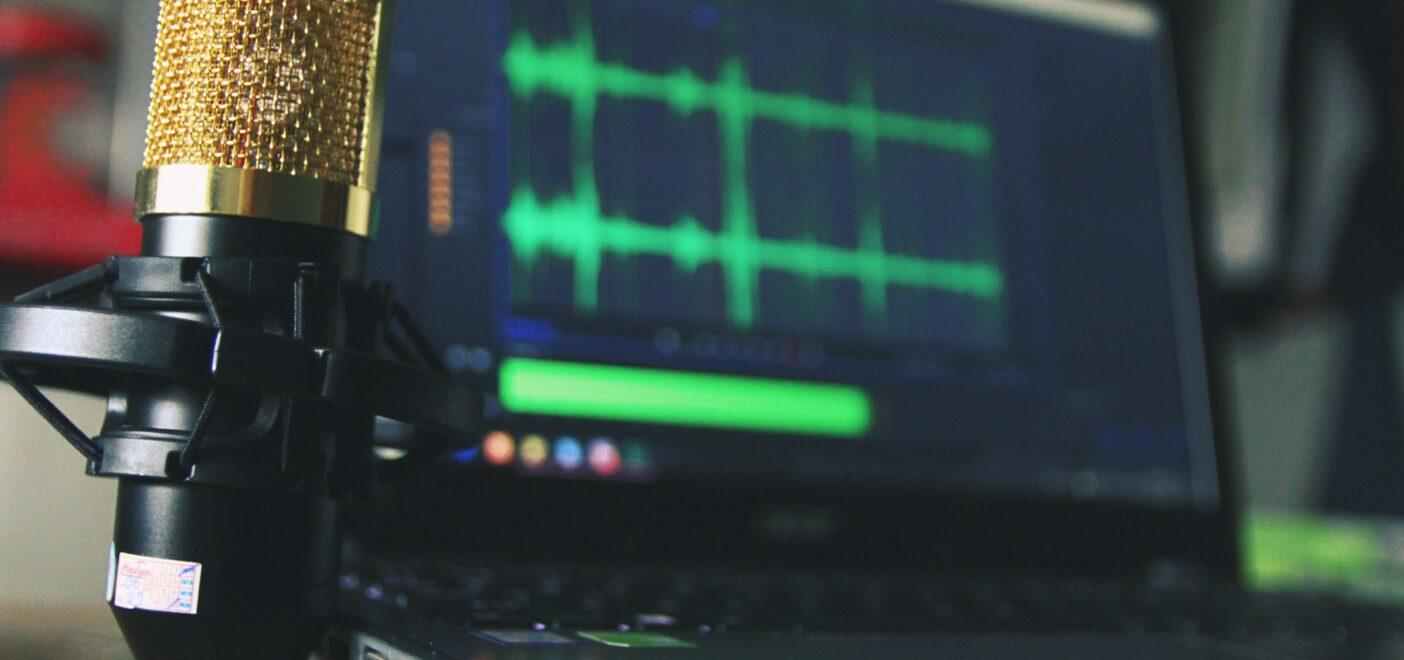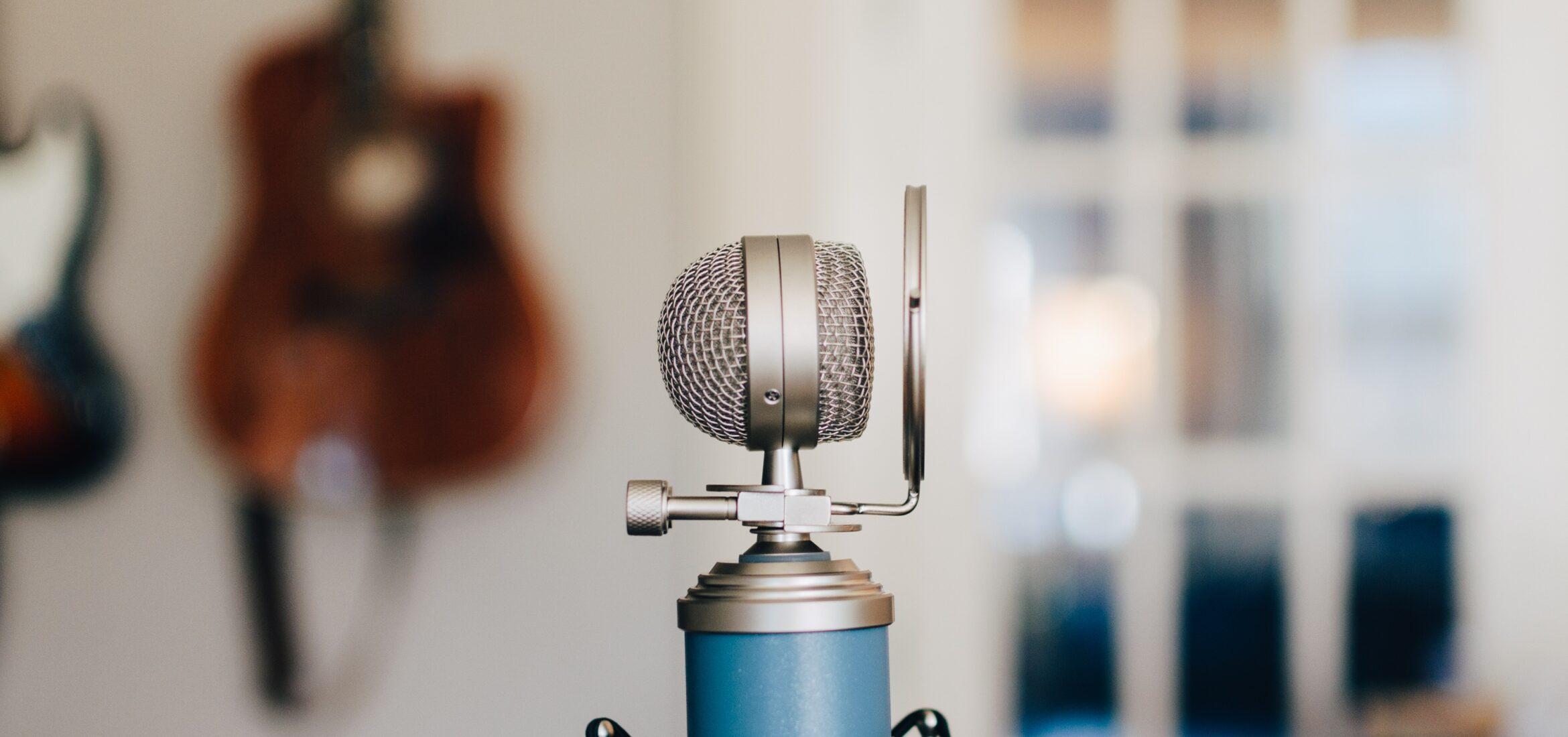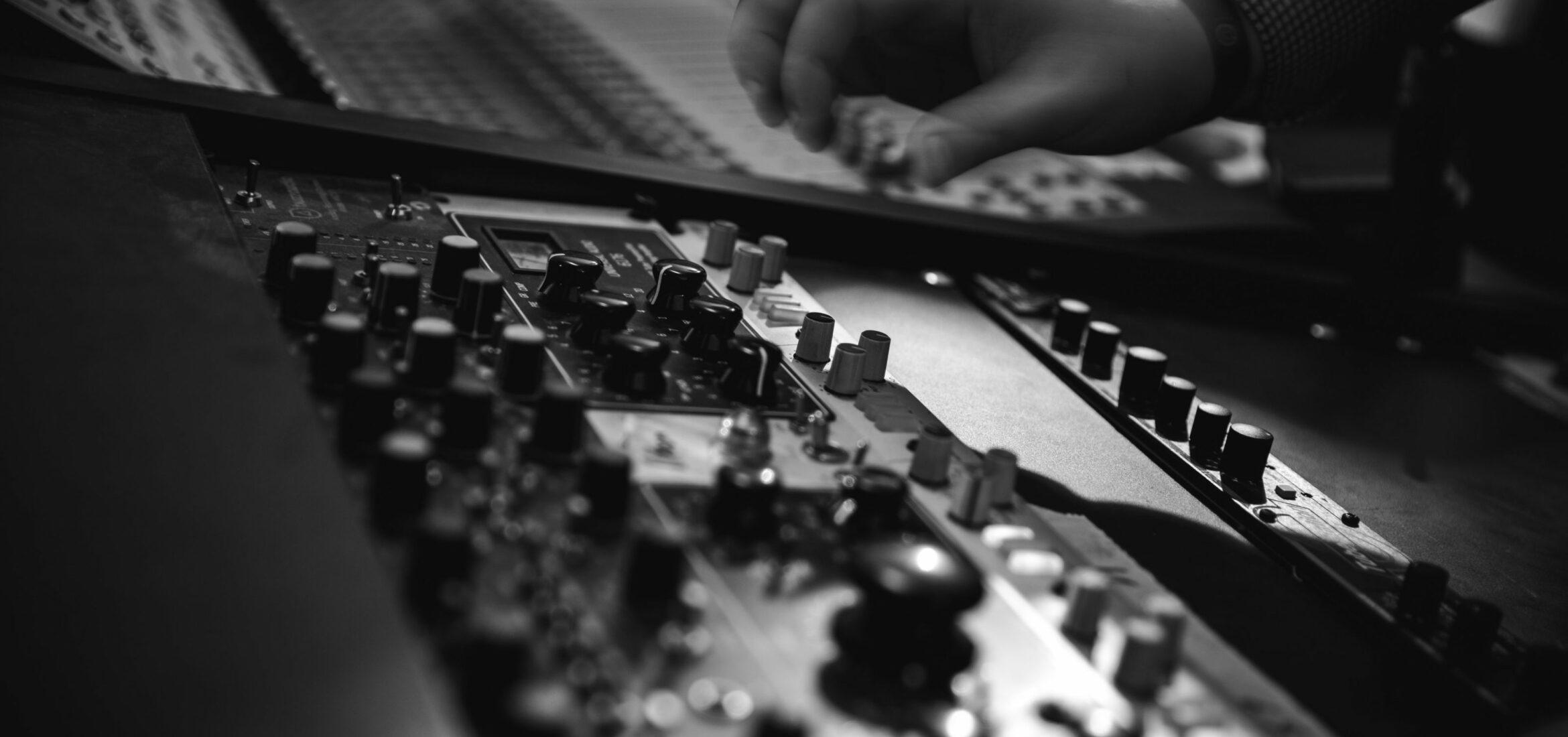Anybody that has been involved in the music world for a short amount of time will have likely come to an obvious conclusion: It certainly isn’t cheap. For those of you who are musicians, you’ve got instrument costs along with all the accessories that come lumped in. For the engineers and producers reading, there’s even more stuff that you need. To top it all off, it tends to be an all or nothing type of scenario which inevitably costs more overall. Today, I’m here to provide you with some cheap audio gear that won’t break the bank but will offer a serious bang for your buck.
Microphones That Work
In the typical budget studio, you’re going to find three different types of microphones. Dynamic, large-diaphragm condensers, and small diaphragm condensers. Below, I’m going to present to you one of each of these that I’ve had personal experience within the studio. These are absolute workhorses, great for a first microphone, and the best part is, they don’t cost a fortune.
Blue Designs Snowball
Often thought of as just a podcasting or vlogging microphone, the snowball tends to get a bad rep in the studio world. It’s USB, comes on its own little stand and just doesn’t look the part. Don’t let this fool you. This thing might appear simple in design, but when you actually get to use one you soon realize just how versatile it can be. It comes with an adjustable polar pattern, giving you cardioid and omnidirectional patterns. It also has a built-in pad and a very modest frequency spectrum. Cheap audio gear doesn’t always look the part but if it works, who cares?

I’ve found this to be a fantastic microphone for recording rap vocals with as it’s not quite as shiny and nice as your typical LDC. This means a little bit more of a punchy, mid-range sound without even trying. Set in Omni, it’s also a great room microphone for ambience. Ok, it’s not true omni, but if you’re using it as a room microphone then this isn’t a huge issue. I like to take the same approach to microphones as Sylvia Massy in that weird is wonderful and there is a perfect use for every microphone ever made. If you’re looking for a good all-rounder in the studio, the snowball might just be the one.
Samson C02
So, if you’re not after a large-diaphragm, perhaps a small one? Enter the Samson C02. These little beauties have not only served me well in the past but are actually still in my arsenal today. My opinion of the differences between pencil condensers is somewhat bleak. I’ve never found myself shooting out KM184s, NT5s, and the C02 and go «Wow, there’s such a huge difference!». Don’t get me wrong, I’ll take a pair of 184s any day of the week but that doesn’t mean that the C02 doesn’t function just as well.
Cheap audio gear is quite often not that far off the mark when compared to the high-end stuff. Picking up a pair of these is a great idea because they offer you so much opportunity. Equally, it’s a cheap way to venture into the world of stereo recording. A final tip here. These things pop up on eBay all the time. I snagged my pair in two separate listings and the total cost was around $40! They’ve never done me wrong.
t.bone MB75 beta

Now that we’ve covered the condensers, it seems only fair to move on to dynamic microphones. There is a whole host of budget dynamic microphones out there including fairly terrible clones of the coveted SM57 and SM58. My suggestion is that if you’re going budget, try to go with something that is cheap and original instead of being a near-exact clone made up of cheap parts. Thomann has their own line of t.bone microphones which are generally fairly sound purchases. They are very cheap audio gear but I’d go as far as to say you get more than what you pay for. My only experience with the t.bone microphones is with the MB75 super-cardioid dynamic.
During a recording session, I was shown this microphone by the singer who had been using it for live gigs. We were shooting out a C414, a U87, an RE20, and a Sontronics Orpheus for the lead vocals but I was really struggling to agree on the tone with the singer. They then decided to pull out the MB75 just because they knew how to groove with it from experience. Thousands of dollars worth of microphones all beaten by a $45 mic. Sometimes, these things just work. Hell, a large amount of Zack de la Rochas overdubs were tracked on an SM57. When it sounds right, it’s right, no matter if it’s cheap audio gear or not.
Moving on to Monitors
Often one of the last things to be purchased in a beginners setup, monitors can be costly. With a laptop, DAW and headphones, anyone can get to work on making something. It isn’t until you listen to your work elsewhere that you realize you can’t work on headphones forever. Time to bite the bullet and invest in some monitors. Lucky for you, I’ve got some great options that come in at a great price.
Mackie CR4
I have never personally experienced the CR4s. However, I am told that they are like the little brother of the MK3s which I absolutely love. I have a pair in my home studio and they yield great results. Now, the CR4s, as you may have guessed, only have a 4″ driver so the low-frequency response stops at around 70Hz. This isn’t fantastic but they could easily be paired with a subwoofer at a later date to extend the spectrum.
The great thing about a 4″ woofer though is that it won’t overpower the room you work in. It’s likely that if you’re looking for cheap audio gear, you’re probably operating in a small room. Perhaps a second bedroom or basement. Setting up monitors with 8″ drivers in a room like this is a recipe for disaster so sticking with a decent pair of smaller monitors is your best bet. I know plenty of people who turn their noses up at Mackie gear, but I honestly couldn’t recommend it more. This is a very safe bet for a cheap pair of studio monitors.
M-Audio BX5 D2
Stepping up to a 5″ woofer, the BX5 D2 also offer really great sound for their price as well as deeper frequency response. I had the chance to A/B a pair of these against Genelecs, Adams, Yamahas, and Mackies a while back and found they fair incredibly well in a shootout. To my ear, they outperform the HS5s with ease. The difference between the D2s and the Mackies was minute and I’d only side with Mackie MK3s over them due to the fact that they come with room control switches. At just $100 per monitor, you really can’t go wrong with these as your first venture into studio audio.
Other Cheap Audio Gear
I want to try and keep this list quite concise so that you’re getting access to cheap audio gear that I truly believe is worth owning. There are plenty of other bits of kit I could include bolstering this list, but I feel I owe to you to provide real quality even with cheap equipment. As such, I’d like to present a few extra pieces of kit that are worth picking up if they suit your needs.
Behringer BCF2000
If you’ve ever spent any amount of time looking into desks or control surfaces, you probably know how expensive these things can get. The Avid artist mix control surface comes in around $1000.00 which is hardly pocket change. Now, I know what you’re thinking. Behringer!? Are you seriously recommending Behringer gear? The answer is yes, I really am. We all know that Behringer has a certain notoriety for being poorly made. However, there are a few products of theirs that really do shine through both for their price point and their reliability.
The BCF2000 has 8 flying faders with total recall functionality. This means that when you open your DAW session, the faders will fly into the correct position to match the DAWs mixer using mechanical motors. You can bank these 8 faders into 8 groups, allowing up to 64 channels to be controlled on a tactical surface. Additionally, you can assign the rotaries knobs and two switches on each channel to your panning and mute/solo buttons. This makes the BCF2000 a really very useful studio tool.

If you’ve always wanted to get a little more hands-on, this is something to invest in. Finding them brand new is tricky due to the age of the product but they come up in great condition second hand all the time. I picked up mine for $150.00 and never looked back.
Behringer Model D Analog Synthesizer
With the lapse in the patent for the original Minimoog, the way has been paved for replicas and reimaginings galore. However, with the high cost of technology these days and what we are capable of achieving, many of them have become incredibly pricey. Entry, the Behringer Model D. This is another one of those things that Behringer really does well.
At just $299.99, the Model D is capable of creating sounds that are almost identical to that of the original Moog technology. Not only does it do its predecessor justice, but it delivers a sturdier and more compact build with additions such as dedicated patch points and LFOs. For all you synth ids out there, this thing can deliver some seriously meaty sounds. If you’re looking for a cheap way to get into the analogue synth world, this is your golden ticket.
Art Tube MP V3 Preamplifier

Finally, I’d like to cover the preamplifier world. Generally, preamps come as standard with 90% of interfaces these days. As such, they tend to be less of a worry for budget musicians or engineers looking for cheap audio gear. However, you’re bound to get to a point eventually where you want more character in your work. This is when you’ll be looking towards gear like tube and transformer technology.
You’ll then likely realize just how expensive some of this stuff can be. Not only that, but most of it comes in 19″ rack unit form and so means needing a rack, a patch bay, and a whole host of cables. More money! However, there are some desktop options that save the need for all of this whilst delivering that coveted sound you so desire.
The Art Tube MP V3, their newest model, does just this. It’s got a hand-selected 12AX7A tube (which can be easily replaced/upgraded if you know a thing or two about tubes) as well as all the normal switches you’d expect from a preamp. It also includes Arts V3 technology (variable valve voicing) to provide presets for certain instrument types. The great thing about this is that it has these variable options. You may find that what they say they are for doesn’t work for you, but being able to flick between them to find the right tone is a really great experience. Coming in at just $79.00, this handy little bit of cheap audio gear will bring some warmth and life to your productions.
TL;DR
There is plenty of stigmas attached to cheap audio gear within the music world. Just because it says Behringer on the box, or it cost $50, doesn’t mean it’s a bad piece of equipment. There is a purpose for all of these things and often, it’s just a case of finding it. Cheap microphones that sound great do exist and even cheap monitors can be a great entry into the professional mixing world. If you take anything from this article, it’s that you really can trust cheap audio gear!
Blue Mic Snowball image provided under Creative Commons License by Sergey Galyonkin.
Sobre el autor

Tim Dunphy
Ingeniero de sonido y redactor de contenidos especializadosMás de 10 años de experiencia trabajando en el sector del audio. De todo, desde enrollar XLR hasta masterizar álbumes. Soy un hombre hecho a sí mismo y mantengo mis activos en Bitcoin. ¿Qué más hay que saber?
Deja un comentario
Entrar para comentar





